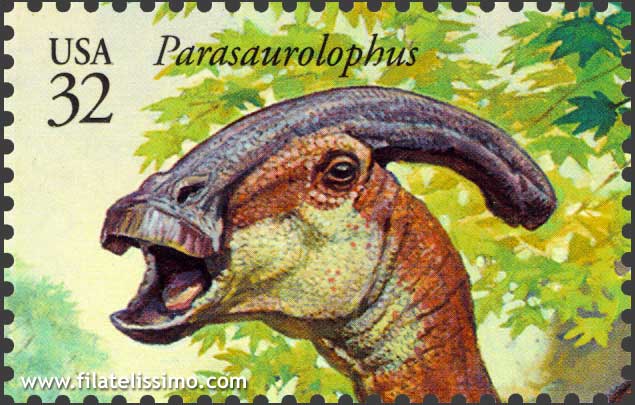We spend much of our time working on flying animals, and both Justin and I have something of a soft spot for giant flyers. What exactly constitutes a "giant" is a matter of opinion, of course, but I think it is safe to say that animals like
Hatzegopteryx count as giant flyers (see below).
This excellent illustration by Mark Witton (for which he owns the copyright - no filching!) nicely illustrates the enormous size of the largest pterosaurs. We get asked quite often how large flying animals could get, and the answer turns out to mostly depend on how they take off. Big pterosaurs, for example, probably used what we call a "quadrupedal launch" to take off (that is, all four limbs pushing off the ground for the initial takeoff leap). If you want to see what that would look like, take a look
here.
This particular behavior has actually been discussed quite a bit on the web already over the last few years, following my paper in 2008 on the subject in
Zitteliana and my paper with Mark Witton in 2010 in
PLoS ONE on giant pterosaurs. The PLoS paper is freely available
here. I posted a summary of the PLoS manuscript on pterosaur.net
here. And of course, don't forget to check out
pterosaur.net and
markwitton.com for all your pterosaur needs.
I may write another post or two about giant pterosaurs in the near future, but for now, on to a slightly different problem: how do we deal with giant flying
birds in the fossil record? After all, we are pretty certain that they still took off like living birds, using just the legs for most of the launching power, and yet some of them still managed to get very large. No birds have ever come close to the giant pterosaurs, to be sure, but some of them were still pretty gigantic.
Justin and I have recently turned our attention to one of these groups of giant seabirds: the pseudodontorns. The name means "false toothed bird", and refers to the rows of nasty sharp false teeth lining the jaws in this enormous flyers (the "teeth" are actually extensions of the jaw). A nice example is pictured
here.
Pseudontorns were marine birds that survived for approximately 50 million years after the extinction of the dinosaurs (well, all the dinosaurs except birds, of course). We know a lot more about pseudontorns than we did a few years ago, thanks to the discovery of
Pelagornis chilensis. The description was published in the
Journal of Vertebrate Paleontology by Gerald Mayr and colleagues, and it's one fantastic animal. Not only is the fossil largely complete, but it represents one of the largest birds ever to fly, with a wingspan of about 17 feet.
To get a good idea of what that looks like, turn your cursors
here and
here.
Justin and I have completed phase one of our study of the flight characters and structure of the largest three pseudodontorns, and we will be presenting our results at the upcoming annual meeting for the
Society of Vertebrate Paleontology in Las Vegas this fall (what happens in Vegas... oh nevermind). We can't give all the juicy details until after our talk in November, but in short, the secret to the ability of pseudodontorns to fly at sizes dwarfing any living flying birds may have been in their legs. This brings us to one of the most common myths regarding how animals fly: contrary to what is often popularly suggested, flying animals do not (with one known exception in the case of hummingbirds) push themselves into the air with the wings during takeoff. Most of the force actually comes from a run or leap, using whatever limbs are contacting the ground (that would be four limbs in bats and pterosaurs, two in birds, and six for insects). So understanding takeoff means looking at both ends of an animal. We've done this for
Pelagornis, and the results are pretty interesting.
More to come on this new discovery, but come see the talk in Vegas (on November 3rd) if you're out that direction! Other than my brief glide analysis back in 2006, this is the first rigorous biomechanical study of locomotion in pseudodontorns ever done. Good times all around!
--MBH















